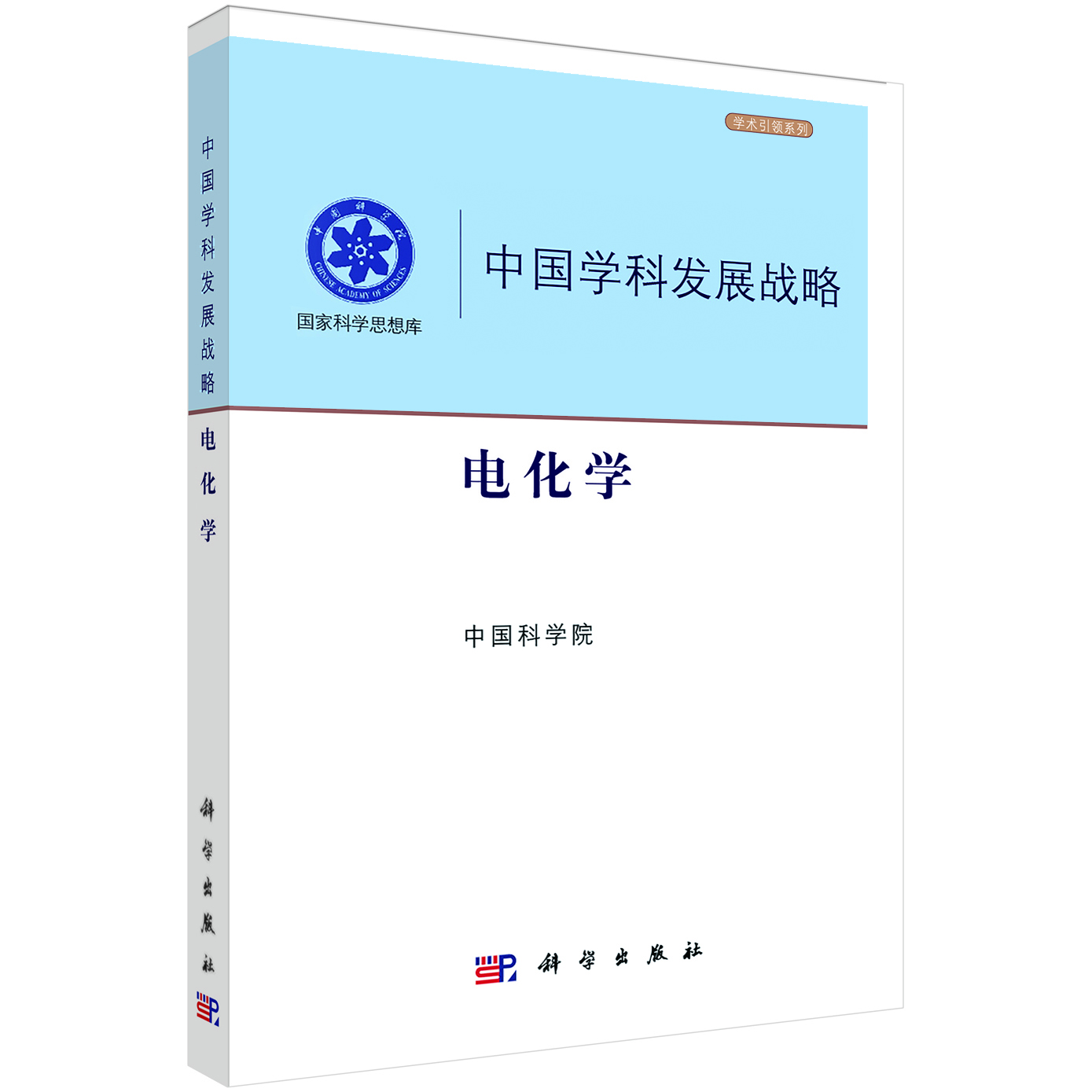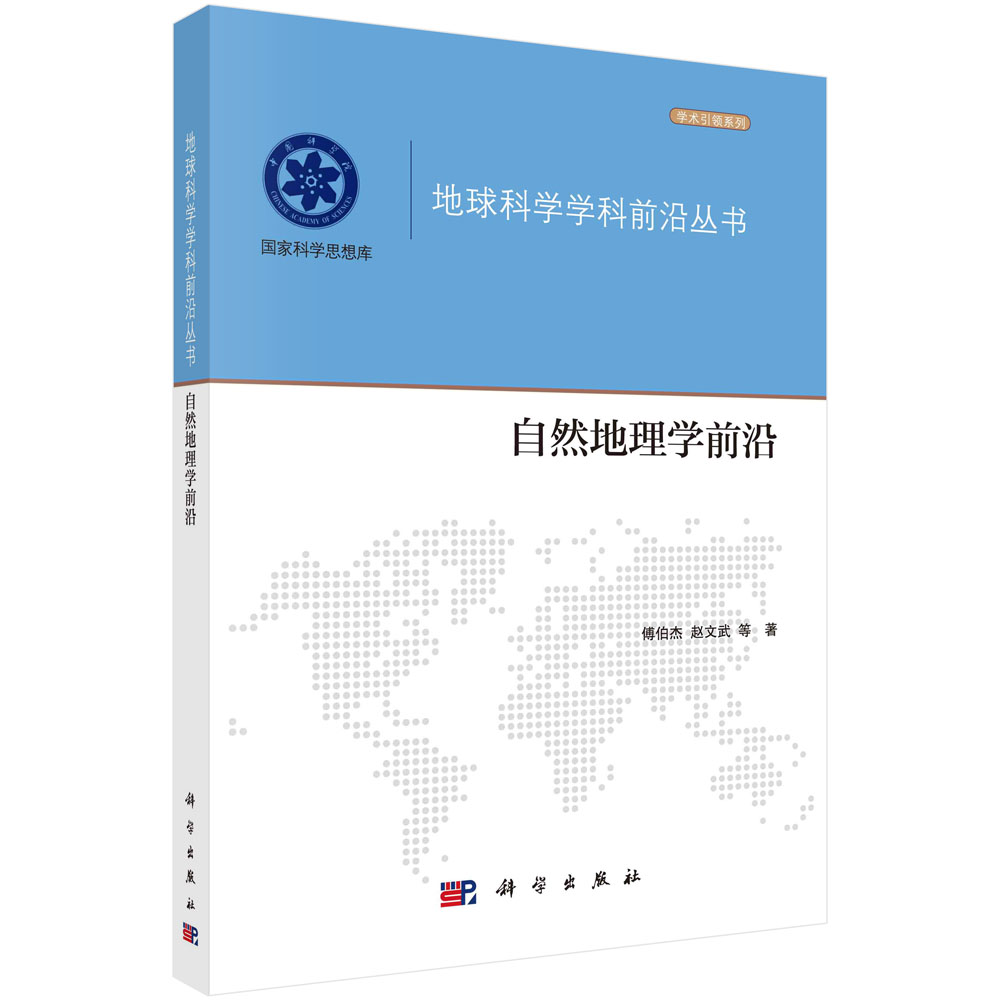[1] Borukhov I, Andelman D, Orland H. Steric effects in electrolytes: A modified PoissonBoltzmann equation. Phys Rev Lett, 1997, 79(3): 435-438.
[2] Kornyshev A. Double-Layer in ionic liquids: Paradigm change? J Phys Chem B, 2007, 111(20): 5545-5557.
[3] Francisco M, Bruinhorst V, Kroon M C. Low-transition-temperature mixtures (LTTMs): A new generation of designer solvents. Angew Chem Int Ed, 2013, 52(11): 3074-3085.
[4] Watanabe M, Mandai T, Yoshida K, et al. Criteria for solvate ionic liquids. Phys Chem Chem Phys, 2014, 16(19): 8761-8772.
[5] Braun S, Yada C, Latz A. Thermodynamically consistent model for space-charge-layer formation in a solid electrolyte. J Phys Chem C, 2015, 119(39): 22281-22288.
[6] Yamamoto K, Iriyama Y, Asaka T, et al. Dynamic visualization of the electric potential in an all-solid-state rechargeable lithium battery. Angew Chem Int Ed, 2010, 49(26): 4414-4417.
[7] Liu Y, He R, Zhang Q, et al. Theory of electrochemistry for nanometer-sized disk electrodes. J Phys Chem C, 2010, 114(24): 10812-10822.
[8] Gasteiger H A, Kocha S S, Sompalli B, et al. Activity benchmarks and requirements for Pt, Pt-alloy, and non-Pt oxygen reduction catalysts for PEMFCs. Appl Catal B: Environmental, 2005, 56(1-2): 9-35.
[9] N?rskov J K, Rossmeisl J, Logadottir A, et al. Origin of the overpotential for oxygen reduction at a fuel-cell cathode. J Phys Chem B, 2004, 108(46): 17886-17892.
[10] G mez-Mar n A M, Rizo R, Feliu J M. Oxygen reduction reaction at Pt single crystals: A critical overview. Catal Sci & Technol, 2014, 4(6): 1685-1698.
[11] Chen W, Huang J, Wei J, et al. Origins of high onset overpotential of oxygen reduction reaction at Pt-based electrocatalysts: A mini review. Electrochem Commun, 2018, 96: 71-76.
[12] Feliu J M, Herrero E. Handbook of Fuel Cells—Fundamentals, Technology and Applications. Chichester: John Wiley & Sons Ltd., 2003: 625-634.
[13] Jiang B, Zhang X G, Jiang K, et al. Boosting formate production in electrocatalytic CO2reduction over wide potential window on Pd surfaces. J Am Chem Soc, 2018, 140(8): 2880-2889.
[14] Capon A, Parsons R. The oxidation of formic acid at noble metal electrodes. Part : Intermedates and mechanisam on platinum electrodes. J Electroanal Chem, 1973, 44(1): 205-231.
[15] Sun S G, Clavilier J, Bewick A. The mechanism of electrocatalytic oxidation of formic acid on Pt(100) and Pt(111) in sulphuric acid solution: An emirs study. J Electroanal Chem, 1988, 240: 147-159.
[16] Sun S G, Yang D F, Tian Z W. In situ FTIR studies on the adsorption and oxidation of n-propanol and isopropanol at a platinum electrode in sulphuric acid solutions. J Electroanal Chem, 1990, 289 (1-2): 177-187.
[17] Li N H, Sun S G. In situ FTIR spectroscopic studies of the eletrooxidation of C4 alcohol on a platinum electrode in sulphuric acid solutions. J Electroanal Chem, 1997, 436 (1-2): 65-72.
[18] Wu Q H, Li N H, Sun S G. Manipulation of electrocatalytic reaction pathways through surface chemistry: In situ fourier transform infrared spectroscopic studies of 1, 3-butanediol oxidation on a Pt surface modified with Sb and S adatoms. J Phys Chem B, 2006, 110: 11383-11390.
[19] Chen Y X, Heinen M, Jusys Z, et al. Bridge-bonded formate: Active intermediate or spectator species in formic acid oxidation on a Pt film electrode? Langmuir, 2006, 22(25): 10399-10408.
[20] Cuesta A, Cabello G, Gutierrez C, et al. Adsorbed formate: The key intermediate in the oxidation of formic acid on platinum electrodes. Phys Chem Chem Phys, 2011, 13(45): 20091-20095.
[21] Osawa M, Komatsu KI, Samjeske G, et al. The role of bridge-bonded adsorbed formate in the electrocatalytic oxidation of formic acid on platinum. Angew Chem Int Ed, 2011, 50(5): 1159-1163.
[22] Wei Y, Zuo X Q, He Z D, et al. The mechanisms of HCOOH/HCOO–oxidation on Pt electrodes: Implication from the pH effect and H/D kinetic isotope effect. Electrochem Commun, 2017, 81: 1-4.
[23] Joo J, Uchida T, Cuesta A, et al. The effect of pH on the electrocatalytic oxidation of formic acid/formate on platinum: A mechanistic study by surface-enhanced spectroscopy coupled with cyclic voltammetry. Electrochimica Acta, 2014, 129(20): 127-136.
[24] Gong K, Du F, Xia Z, et al. Nitrogen-doped carbon nanotube arrays with high electrocatalytic activity for oxygen reduction. Science, 2009, 323(5915): 760-764.
[25] Qian X M, Nie S M. Single-molecule and single-nanoparticle SERS: From fundamental mechanisms to biomedical applications. Chem Soc Rev, 2008, 37(5): 912-920.
[26] Chen T, Zhang Y, Xu W. Single-molecule nanocatalysis reveals catalytic activation energy of single nanocatalysts. J Am Chem Soc, 2016, 138(38): 12414-12421.
[27] Tachikawa T, Wang N, Yamashita S, et al. Design of a highly sensitive fluorescent probe for interfacial electron transfer on a TiO2 surface. Angew Chem Int Ed, 2010, 49(46): 8593-8597.
[28] Hong W T, Welsch R E, Shao-Horn Y. Descriptors of oxygen-evolution activity for oxides: A statistical evaluation. J Phys Chem C, 2015, 120(1): 78-86.
[29] Kim E, Huang K, Saunders A, et al. Materials synthesis insights from scientific literature via text extraction and machine learning. Chem Mater, 2017, 29(21): 9436-9444.
[30] Brandt R E, Kurchin R C, Steinmann V, et al. Rapid photovoltaic device characterization through bayesian parameter estimation. Joule, 2017, 1(4): 843-856.
[31] Freunberger S A.True performance metrics in beyond-intercalation batteries. Nat Energy, 2017, 2: 17091.
[32] Aurbach D, McCloskey B D, Nazar L F, et al. Advances in understanding mechanisms underpinning lithium-air batteries. Nat Energy, 2016, 1(9): 16128.
[33] Belova A I, Kwabi D G, Yashina L V, et al. Mechanism of oxygen reduction in aprotic Liair batteries: The role of carbon electrode surface structure. J Phys Chem C, 2017, 121(3): 1569-1577.
[34] Peng Z, Freunberger S A, Hardwick L J, et al. Oxygen reactions in a non-aqueous Li+electrolyte. Angew Chem Int Ed, 2011, 50(28): 6351-6355.
[35] Zhang Y, Zhang X, Wang J, et al. Potential-dependent generation of O2– and LiO2 and their critical roles in O2 reduction to Li2O2 in aprotic Li-O2 batteries. J Phys Chem C, 2016, 120(7): 3690-3698.
[36] Wang J, Zhang Y, Guo L, et al. Identifying reactive sites and transport limitations of oxygen reactions in aprotic lithium-O2 batteries at the stage of sudden death. Angew Chem Int Ed, 2016, 55(17): 5201-5205.
[37] Huang J, Tong B. Probing the reaction interface in Li-O2 batteries using electrochemical impedance spectroscopy: Dual roles of Li2O2. Chem Commun, 2017, 53(83): 11418-11421.
[38] Kushima A, Koido T, Fujiwara Y, et al. Charging/discharging nanomorphology asymmetry and rate-dependent capacity degradation in Li-oxygen battery. Nano Lett, 2015, 15(12): 8260-8265.
[39] Zhang X, Guo L, Gan L, et al. LiO2: Cryosynthesis and chemical/electrochemical reactivities. J Phys Chem Lett, 2017, 8(10): 2334-2338.
[40] Thotiyl M M O, Freunberger S A, Peng Z, et al. The carbon electrode in nonaqueous Li-O2cells. J Am Chem Soc, 2013, 135(1): 494-500.
[41] Wandt J, Jakes P, Granwehr J, et al. Singlet oxygen formation during the charging process of an aprotic lithium-oxygen battery. Angew Chem Int Ed, 2016, 128(55): 6892-6895.
[42] Mahne N, Schafzahl B, Leypold C, et al. Singlet oxygen generation as a major cause for parasitic reactions during cycling of aprotic lithium-oxygen batteries. Nat Energy, 2017, 2: 17036.
[43] Zhang Y, Wang L, Zhang X, et al. High-capacity and high-rate discharging of a coenzyme Q10-catalyzed Li-O2 battery. Adv Mater, 2018, 30: 1705571.
[44] Zhou B, Guo L, Zhang Y, et al. A high-performance Li-O2 battery with a strongly solvating hexamethylphosphoramide electrolyte and a LiPON-protected lithium anode. Adv Mater, 2017, 29(30): 1701568.
[45] Bard A J, Mirkin M V. Scanning Electrochemical Microscopy. 2nd edition. CRC Press, 2012.
[46] Axnanda S, Crumlin E J, Mao B, et al. Using “tender” X-ray ambient pressure X-ray photoelectron spectroscopy as a direct probe of solid-liquid interface. Sci Rep, 2015, 5:
[47] Favaro M, Jeong B, Ross P N, et al. Unravelling the electrochemical double layer by direct probing of the solid/liquid interface. Nat Commun, 2016, 7: 12695.
[48] Weatherup R S, Eren B, Hao Y, et al. Graphene membranes for atmospheric pressure photoelectron spectroscopy. J Phys Chem Lett, 2016, 7(9): 1622-1627.
[49] Philippe B, Dedryv re R, Allouche J, et al. Nanosilicon electrodes for lithium-ion batteries: Interfacial mechanisms studied by hard and soft X-ray photoelectron spectroscopy. Chem Mater, 2012, 24 (6): 1107-1115.
[50] Young B T, Heskett D R, Nguyen C C, et al. Hard X-ray photoelectron spectroscopy (HAXPES) investigation of the silicon solid electrolyte interphase (SEI) in lithium-ion batteries. ACS Appl Mater Interfaces, 2015, 7 (36): 20004-20011.
[51] Liu X, Wang D, Liu G, et al. Distinct charge dynamics in battery electrodes revealed by in situ and operando soft X-ray spectroscopy. Nat Commun, 2013, 4: 2568.
[52] Arthur T S, Glans P A, Matsui M, et al. Mg deposition observed by in situ electrochemical Mg K-edge X-ray absorption spectroscopy. Electrochem Commun, 2012, 24: 43-46.
[53] Benmayza A, Ramanathan M, Arthur T S, et al. Effect of electrolytic properties of a magnesium organohaloaluminate electrolyte on magnesium deposition. J Phys Chem C, 2013, 117(51): 26881-26888.
[54] Lim J, Li Y, Alsem D H, et al. Origin and hysteresis of lithium compositional spatiodynamics within battery primary particles. Science, 2016, 353(6299): 566-571.
[55] Fleischmann M, Hendra P J, McQuillan A J. Raman spectra of pyridine adsorbed at a silver electrode. Chem Phys Lett, 1974, 26(2): 163-166.
[56] Leung L W H, Weaver M J. Extending surface-enhanced Raman spectroscopy to transitionmetal surfaces: Carbon monoxide adsorption and electrooxidation on platinum-coated and palladium-coated gold electrodes. J Am Chem Soc, 1987, 109(17): 5113-5119.
[57] Chan H Y H, Takoudis C G, Weaver M J. High-pressure oxidation of ruthenium as probed by surface-enhanced Raman and X-ray photoelectron spectroscopies. J Catal, 1997, 172(2): 336-345.
[58] Yao J L, Tang J, Wu D Y, et al. Surface enhanced Raman scattering from transition metal nano-wire array and the theoretical consideration. Surf Sci, 2002, 514(1-3): 108-116.
[59] Otto A, Mrozek I, Grabhorn H. Surface-enhanced Raman scattering. J Phys: Condens Mat,1992, 4-5: 1143-1212.
[60] Ikeda K, Stato J, Fujimoto N, et al. Plasmonic enhancement of Raman scattering on nonSERS-active platinum substrates. J Phys Chem C, 2009, 113(27): 11816-11821.
[61] Tian Z Q, Ren B. Adsorption and reaction at electrochemical interfaces as probed by surface-enhanced Raman spectroscopy. Annu Rev Phys Chem, 2004, 55: 197-229.
[62] Bewick A, Keiji K. Infared-spectroscopy of the electrode-electrolyte interphase. Surf Sci, 1980, 101(1-3): 131-138.
[63] Li J T, Zhou Z Y, Broaswell I, et al. In-situ infrared spectroscopic studies of electrochemical energy conversion and storage. Accounts Chem Res, 2012, 45(4): 485-494.
[64] Osawa M. Dynamic processes in electrochemical reactions studied by surface-enhanced infrared absorption spectroscopy (SEIRAS). Chem Soc Jpn, 1997, 70: 2861-2880.
[65] Wang C, Peng B, Xie H N, et al. Facile fabrication of Pt, Pd and Pt-Pd alloy films on Si with tunable infrared internal reflection absorption and synergetic electrocatalysis. J Phys Chem C, 2009, 113(31): 13841-13846.
[66] Gomes J F, Busson B, Tadjeddine A, et al. Ethanol electro-oxidation over Pt (hkl): Comparative study on the reaction intermediates probed by FTIR and SFG spectroscopies.Electrochim Acta, 2008, 53(23): 6899-6905.
[67] Helmholtz H L. Some laws concerning the distribution of electrical currents in conductors.Ann Phys, 1853, 165: 211-233.
[68] Gouy G. Sur la constitution de la charge electrique a lasurface d’un electrolyte. J Phys Theor Appl, 1910, 9: 457-468.
[69] Chapman D L. LI. A contribution to the theory of electrocapillarity. London Edinb Dubl Philos Mag, 1913, 25: 475-481.
[70] Stern H O. Zur theorie der elektrolytischen doppelschicht. Z Elektrochem, 1924, 30: 508-516.
[71] Grahame D C. The electrical double layer and the theory of electrocapillarity. Chem Rev, 1947, 41: 441-501.
[72] Bockris J M, Devanathan M A, Muller K. On the structure of charged interfaces. Proc R Soc London, Ser A, 1963, 274: 55-79.
[73] Frumkin A N, Petrii O A. Potentials of zero total and zero free charge of platinum group metals. Electrochim Acta, 1975, 20: 347-359.
[74] Garcia-Araez N, Climent V, Feliu J. Potential-dependent water orientation on Pt (111), Pt (100), and Pt (110), as inferred from laser-pulsed experiments. Electrostatic and chemical effects. J Phys Chem C, 2009, 113: 9290-9304.
[75] Attard G A. A phenomenological theory of electrosorption. J Electroanal Chem, 2018, 819: 481-494.
[76] Anderson P W. More is different. Science, 1972, 177(4047): 393-396.




